34CrNiMo6 is a steel alloy renowned for its excellent hardness and high tensile strength. The “34” in its name refers to its approximate carbon content, while “Cr,” “Ni,” and “Mo” represent the alloying elements chromium, nickel, and molybdenum, respectively. These alloying elements play a pivotal role in enhancing the material’s hardness and overall performance.
Properties of 34CrNiMo6:
- Exceptional Hardness: 34CrNiMo6 is known for its remarkable hardness, making it a preferred choice for applications requiring wear resistance and durability.
- High Tensile Strength: This steel alloy boasts high tensile strength, ensuring it can withstand heavy loads and stress without deformation.
- Good Toughness: Despite its hardness, 34CrNiMo6 maintains good toughness, which is crucial for applications where impact resistance is essential.
- Excellent Fatigue Resistance: Its fatigue resistance is another highlight, making it suitable for components subjected to cyclic loading.
Applications of 34CrNiMo6:
The exceptional hardness and mechanical properties of 34CrNiMo6 make it suitable for various applications across multiple industries:
- Aerospace: Components in aircraft and spacecraft often require materials with high hardness and strength to withstand extreme conditions.
- Automotive: In the automotive industry, 34CrNiMo6 is used for manufacturing critical parts such as gears, shafts, and crankshafts.
- Machinery: This alloy finds its place in the production of machinery components like axles, gears, and hydraulic shafts, where hardness and durability are essential.
- Oil and Gas: In the oil and gas sector, 34CrNiMo6 is utilized for drilling equipment, ensuring reliable performance in harsh environments.
- Marine Engineering: For marine applications, this steel alloy is chosen for its resistance to corrosion and its ability to withstand the demanding conditions of the sea.
The Role of Heat Treatment:
Heat treatment is a critical process in enhancing the properties of 34CrNiMo6. By subjecting the material to controlled heating and cooling cycles, it is possible to achieve the desired hardness and microstructure. Heat treatment techniques include:
- Quenching: This process involves rapid cooling after heating the material, increasing its hardness while maintaining adequate toughness.
- Tempering: Tempering is used to reduce the brittleness that can result from quenching, providing a balance between hardness and toughness.
- Annealing: Annealing involves heating the material to a specific temperature and then slowly cooling it to soften the alloy. This process is typically used for machining purposes.
- Normalizing: Normalizing aims to refine the grain structure and eliminate internal stresses, enhancing the material’s mechanical properties.
34CrNiMo6 hardness is a remarkable property that makes this steel alloy highly desirable in various industries. Its exceptional hardness, combined with high tensile strength, toughness, and fatigue resistance, makes it a top choice for applications where durability and reliability are crucial. Proper heat treatment further enhances these properties, ensuring that 34CrNiMo6 can perform under demanding conditions.
Whether it’s in aerospace, automotive, machinery, oil and gas, or marine engineering, 34CrNiMo6 plays a vital role in advancing technology and facilitating progress in these industries.
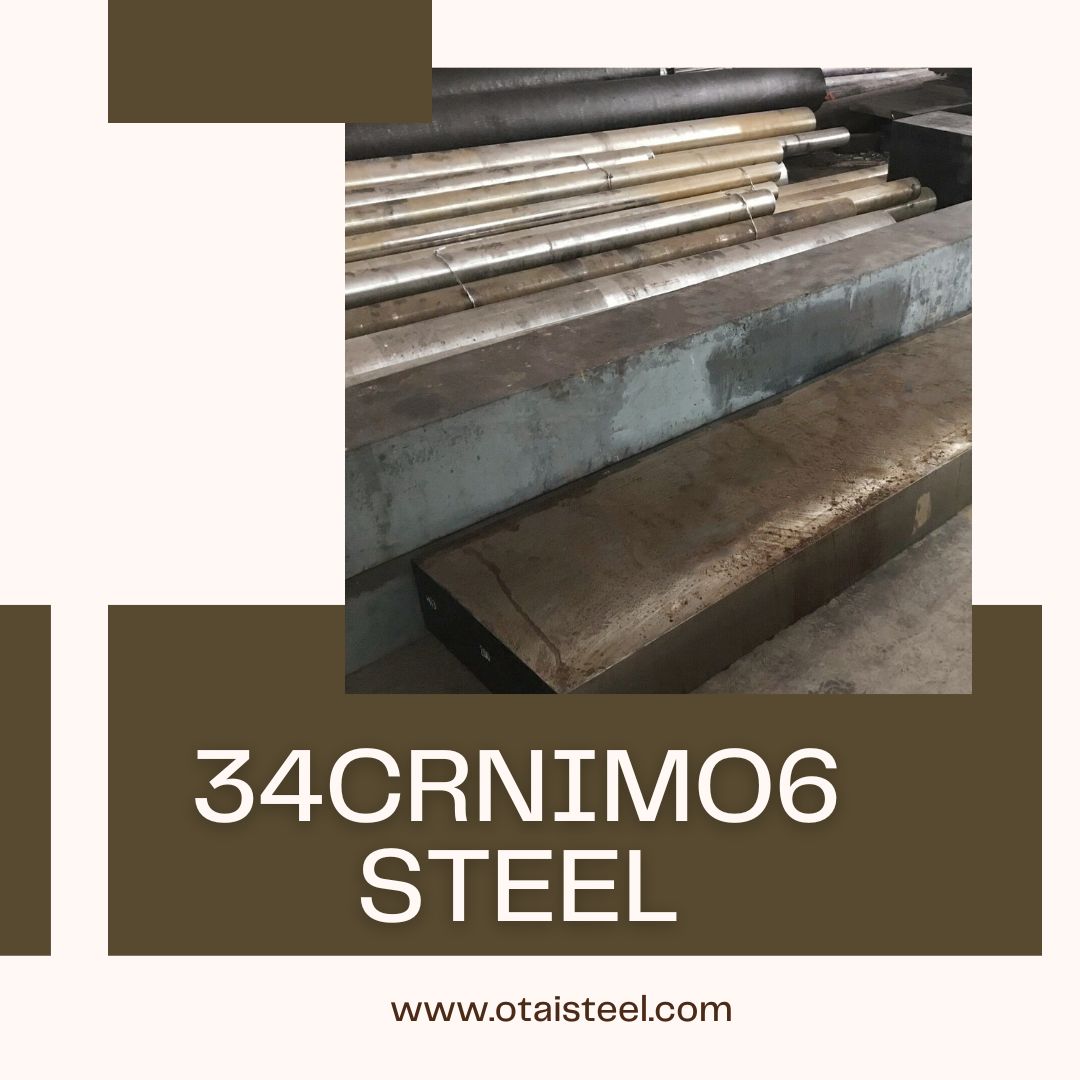 When it comes to selecting the right material for industrial applications, engineers and manufacturers look for a balance of strength, durability, and versatility. 34crnimo6 material, a chromium-nickel-molybdenum alloy, fits the bill perfectly. Let’s embark on a journey to uncover the many facets of this remarkable material.
When it comes to selecting the right material for industrial applications, engineers and manufacturers look for a balance of strength, durability, and versatility. 34crnimo6 material, a chromium-nickel-molybdenum alloy, fits the bill perfectly. Let’s embark on a journey to uncover the many facets of this remarkable material.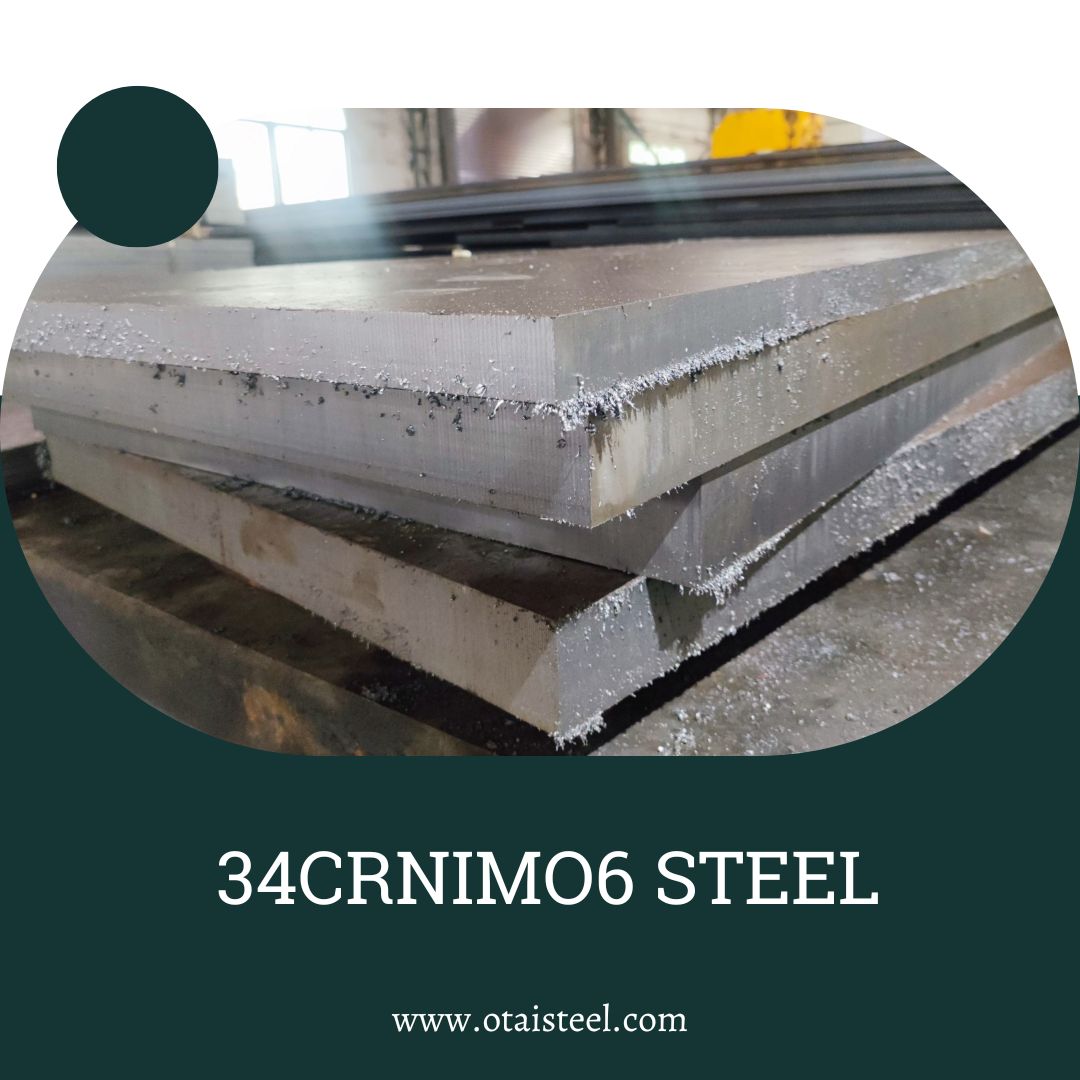 34CrNiMo6 steel is a popular choice in many applications, and understanding its mechanical properties is crucial for engineering and manufacturing. In this article, we’ll delve into the mechanical properties of 34CrNiMo6 steel, shedding light on its strength, toughness, and suitability for different applications.
34CrNiMo6 steel is a popular choice in many applications, and understanding its mechanical properties is crucial for engineering and manufacturing. In this article, we’ll delve into the mechanical properties of 34CrNiMo6 steel, shedding light on its strength, toughness, and suitability for different applications.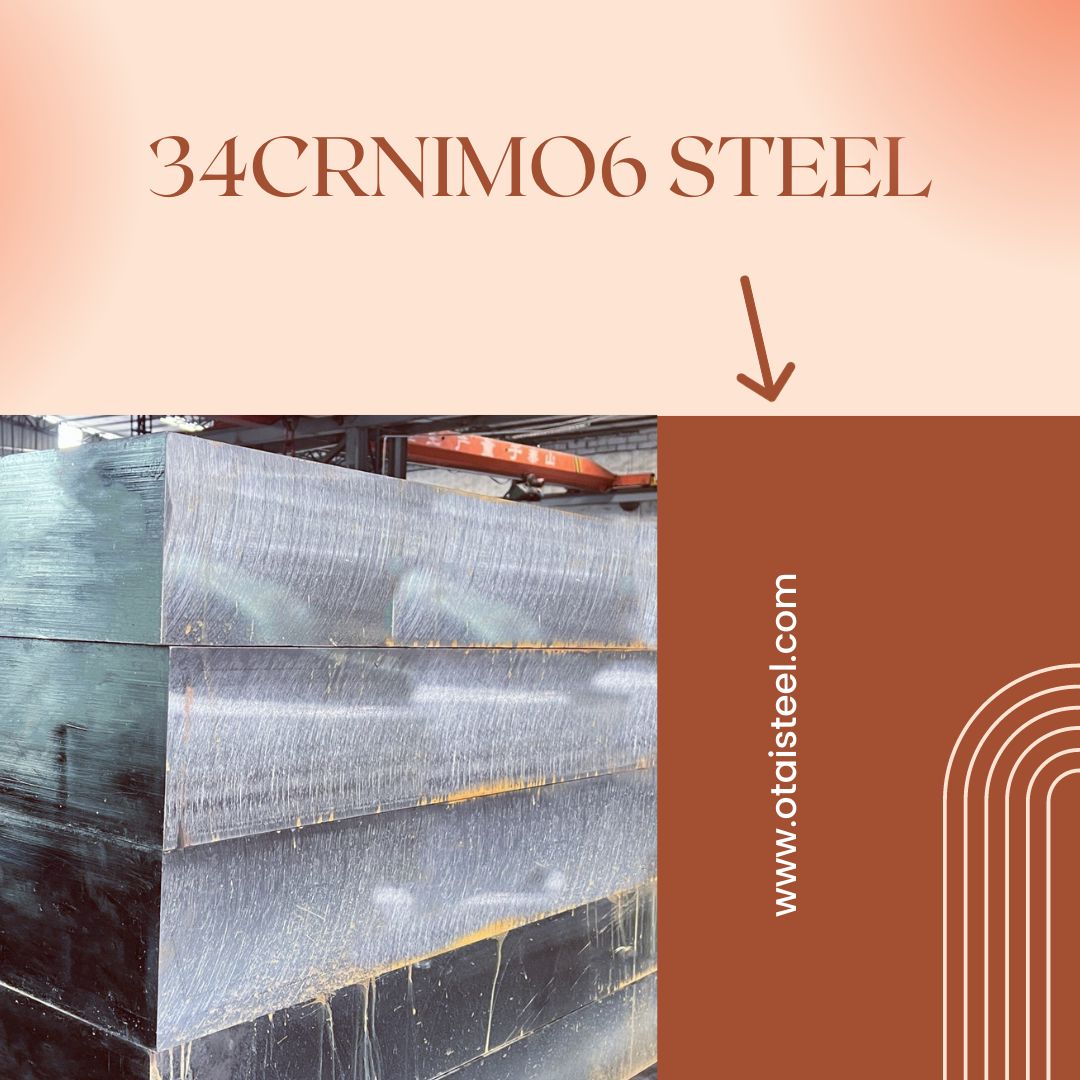 Steel is a versatile material used in various industrial applications. Among the wide array of steel types available, 36CrNiMo4 and 34CrNiMo6 are notable for their unique properties and applications. In this comparison, we will explore the differences and similarities between these two steel grades, shedding light on their composition, mechanical properties, and typical uses. (36crnimo4 vs 34crnimo6)
Steel is a versatile material used in various industrial applications. Among the wide array of steel types available, 36CrNiMo4 and 34CrNiMo6 are notable for their unique properties and applications. In this comparison, we will explore the differences and similarities between these two steel grades, shedding light on their composition, mechanical properties, and typical uses. (36crnimo4 vs 34crnimo6)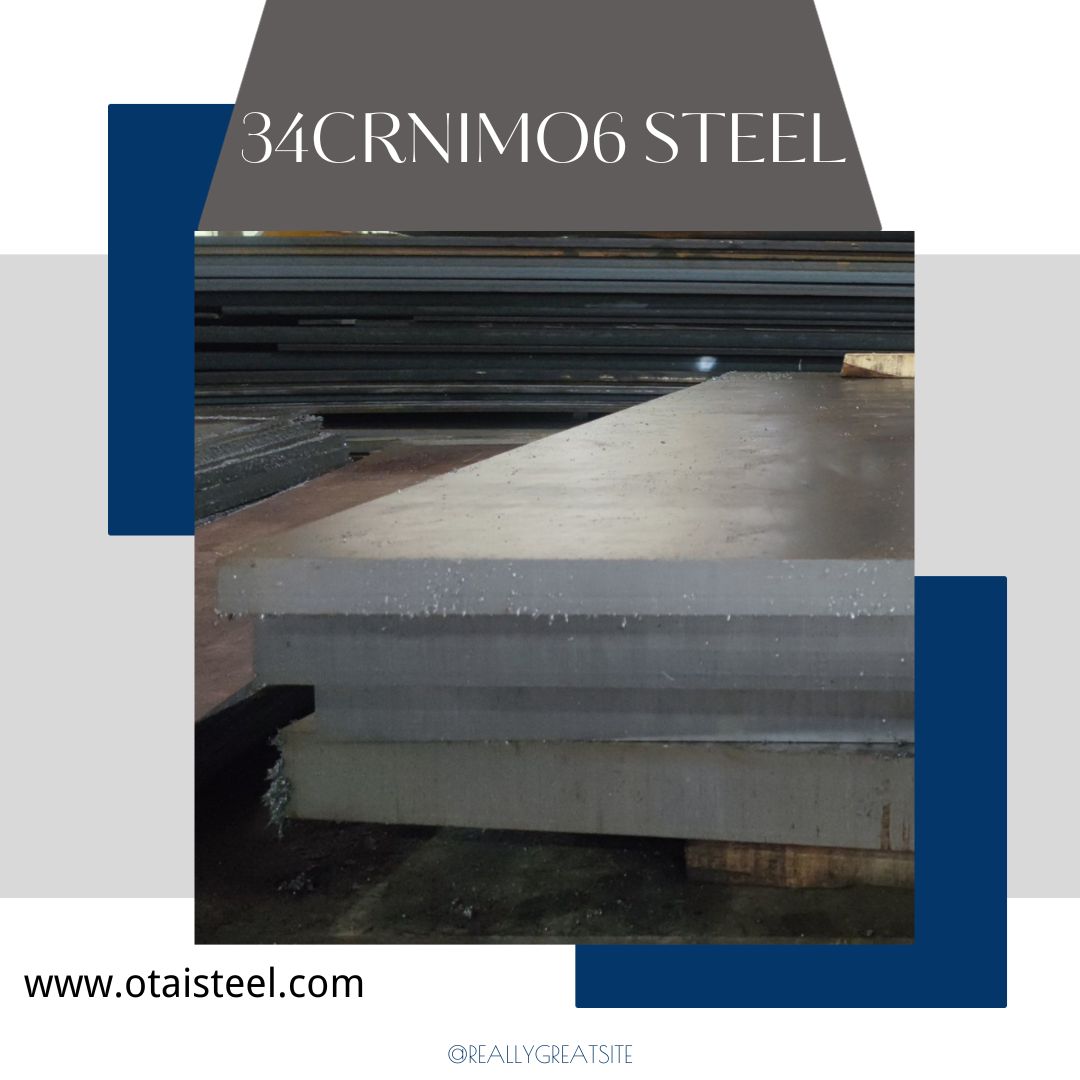 The chemical composition of 34CrNiMo6 plays a significant role in determining its mechanical properties, making it a versatile and sought-after alloy. Let’s break down the key elements:
The chemical composition of 34CrNiMo6 plays a significant role in determining its mechanical properties, making it a versatile and sought-after alloy. Let’s break down the key elements: Before we discuss equivalents, let’s first understand what 34CrNiMo6 is. 34CrNiMo6 is a quenched and tempered, low-alloy steel known for its excellent mechanical properties. It contains elements like chromium (Cr), nickel (Ni), and molybdenum (Mo), making it a popular choice for various applications.
Before we discuss equivalents, let’s first understand what 34CrNiMo6 is. 34CrNiMo6 is a quenched and tempered, low-alloy steel known for its excellent mechanical properties. It contains elements like chromium (Cr), nickel (Ni), and molybdenum (Mo), making it a popular choice for various applications. 34CrNiMo6+QT is a high-strength, low-alloy steel known for its exceptional mechanical properties. The designation “34” signifies its average carbon content (0.34%), while “Cr” and “Ni” indicate the presence of chromium and nickel, respectively. “Mo” stands for molybdenum, which further enhances its strength, and “QT” refers to quenching and tempering, a crucial heat treatment process.
34CrNiMo6+QT is a high-strength, low-alloy steel known for its exceptional mechanical properties. The designation “34” signifies its average carbon content (0.34%), while “Cr” and “Ni” indicate the presence of chromium and nickel, respectively. “Mo” stands for molybdenum, which further enhances its strength, and “QT” refers to quenching and tempering, a crucial heat treatment process.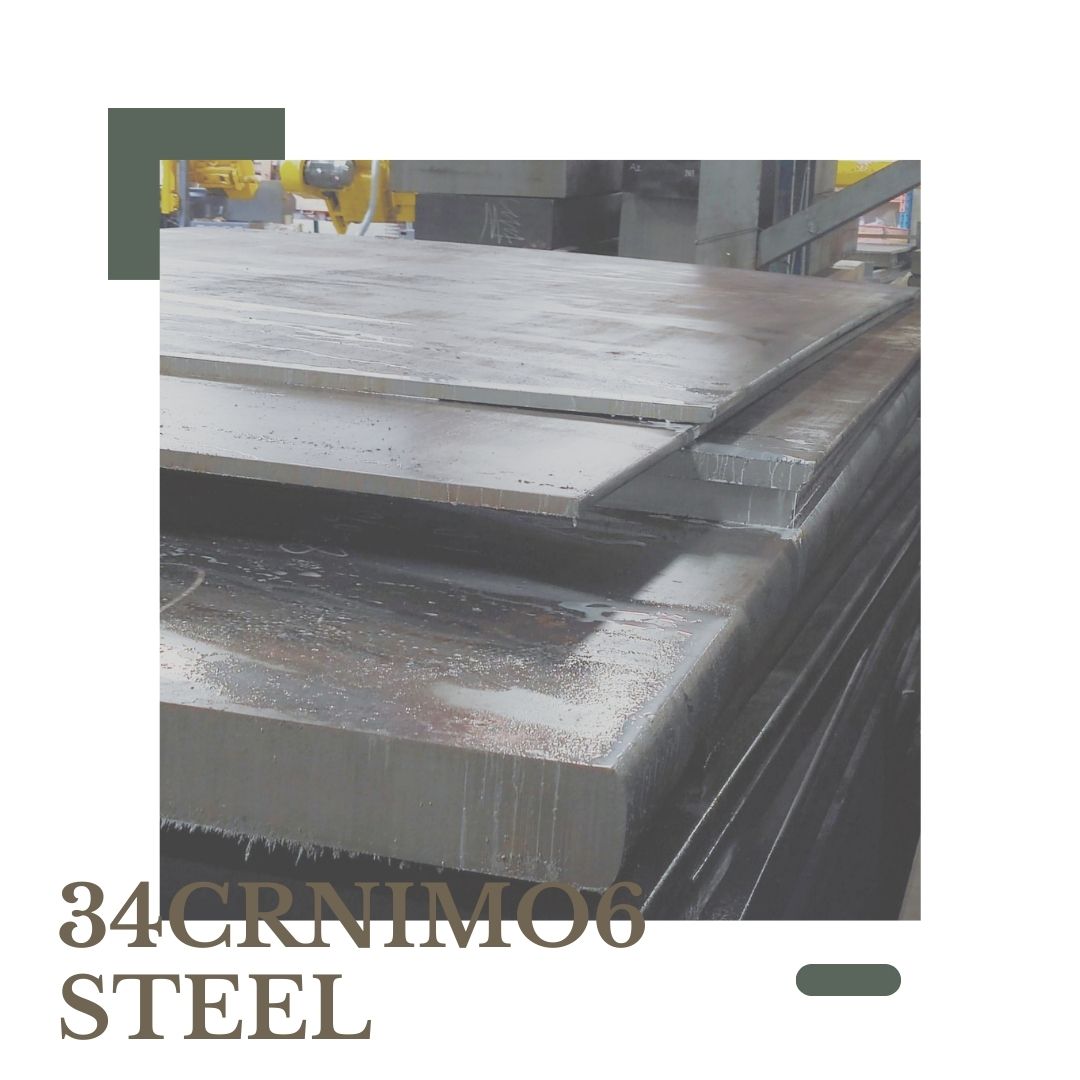 34CrNiMo6 steel, often known as “34CrNiMo6 QT steel,” is a remarkable high-strength alloy that finds applications in various industries. In this comprehensive guide, we’ll take a deep dive into this exceptional steel, exploring its composition, properties, applications, and why it’s a standout choice in the world of materials. (grade 34CrNiMo6 steel)
34CrNiMo6 steel, often known as “34CrNiMo6 QT steel,” is a remarkable high-strength alloy that finds applications in various industries. In this comprehensive guide, we’ll take a deep dive into this exceptional steel, exploring its composition, properties, applications, and why it’s a standout choice in the world of materials. (grade 34CrNiMo6 steel) High-strength steel alloys are the backbone of various industries, providing the strength and resilience required for critical components. Two popular choices in this realm are 34CrNiMo6 and 4340 steel. In this detailed comparison, we’ll explore the key differences and similarities between these two alloys, helping you make informed decisions for your specific applications.
High-strength steel alloys are the backbone of various industries, providing the strength and resilience required for critical components. Two popular choices in this realm are 34CrNiMo6 and 4340 steel. In this detailed comparison, we’ll explore the key differences and similarities between these two alloys, helping you make informed decisions for your specific applications.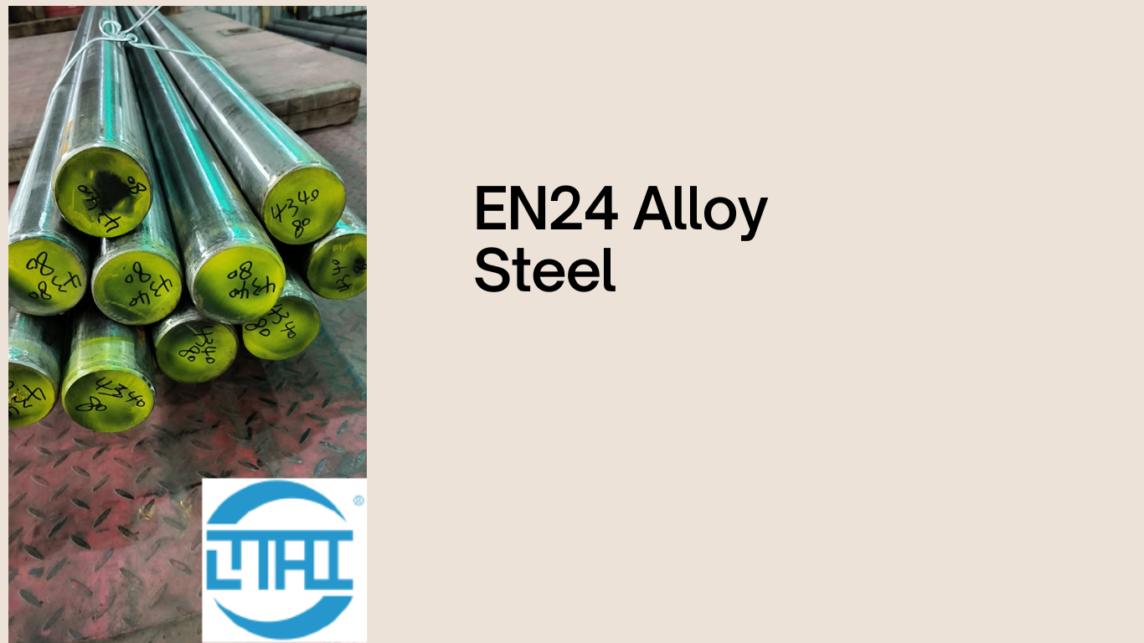
 Understanding EN24 Alloy Steel
Understanding EN24 Alloy Steel